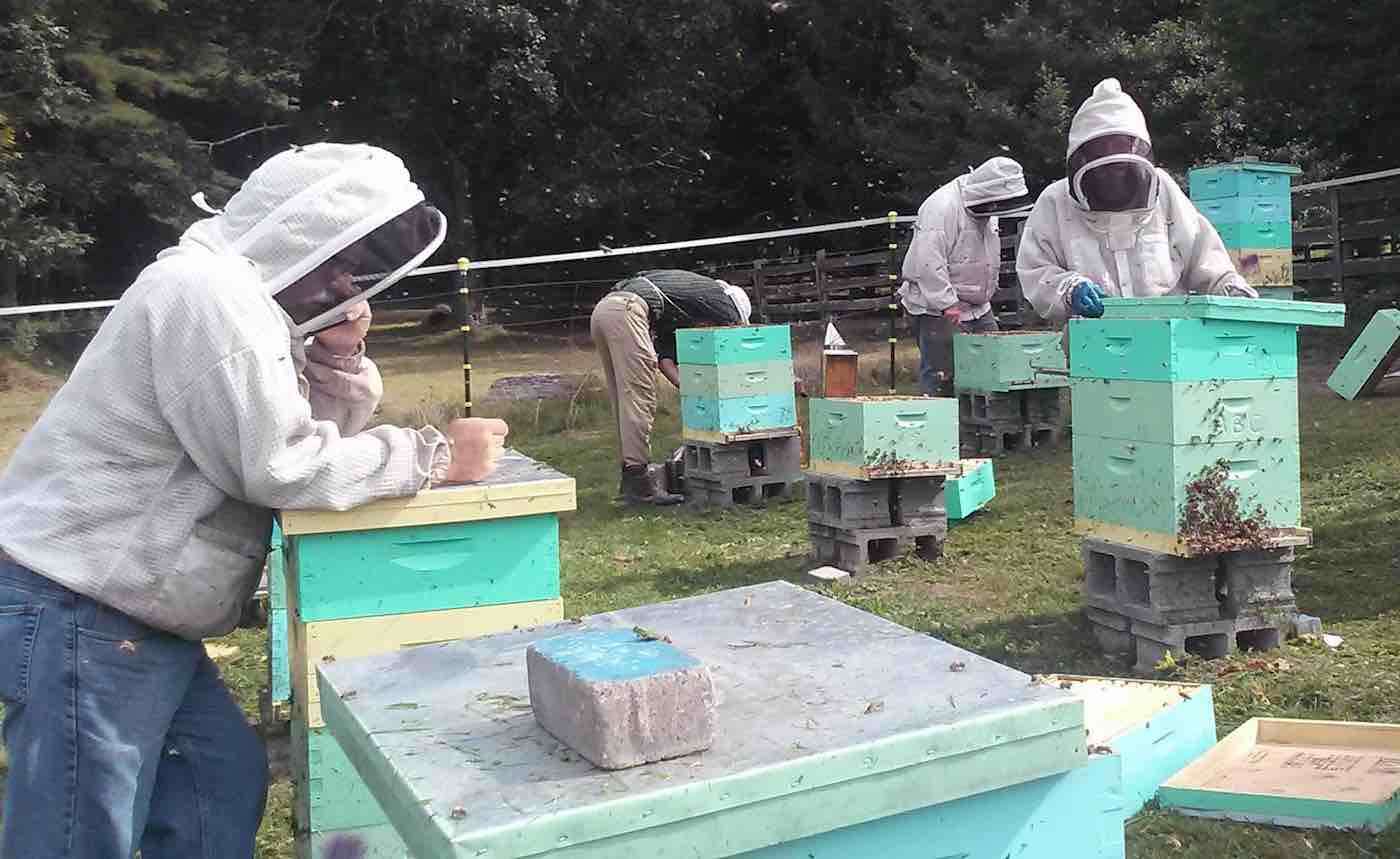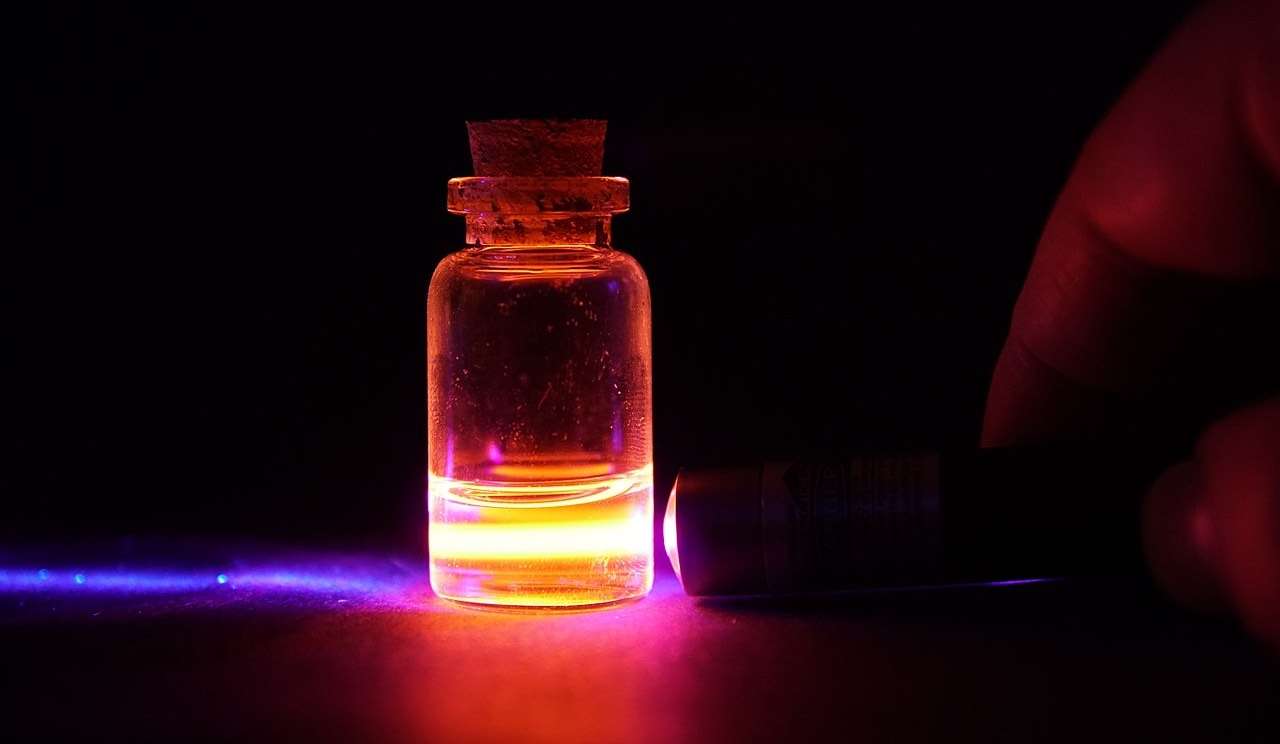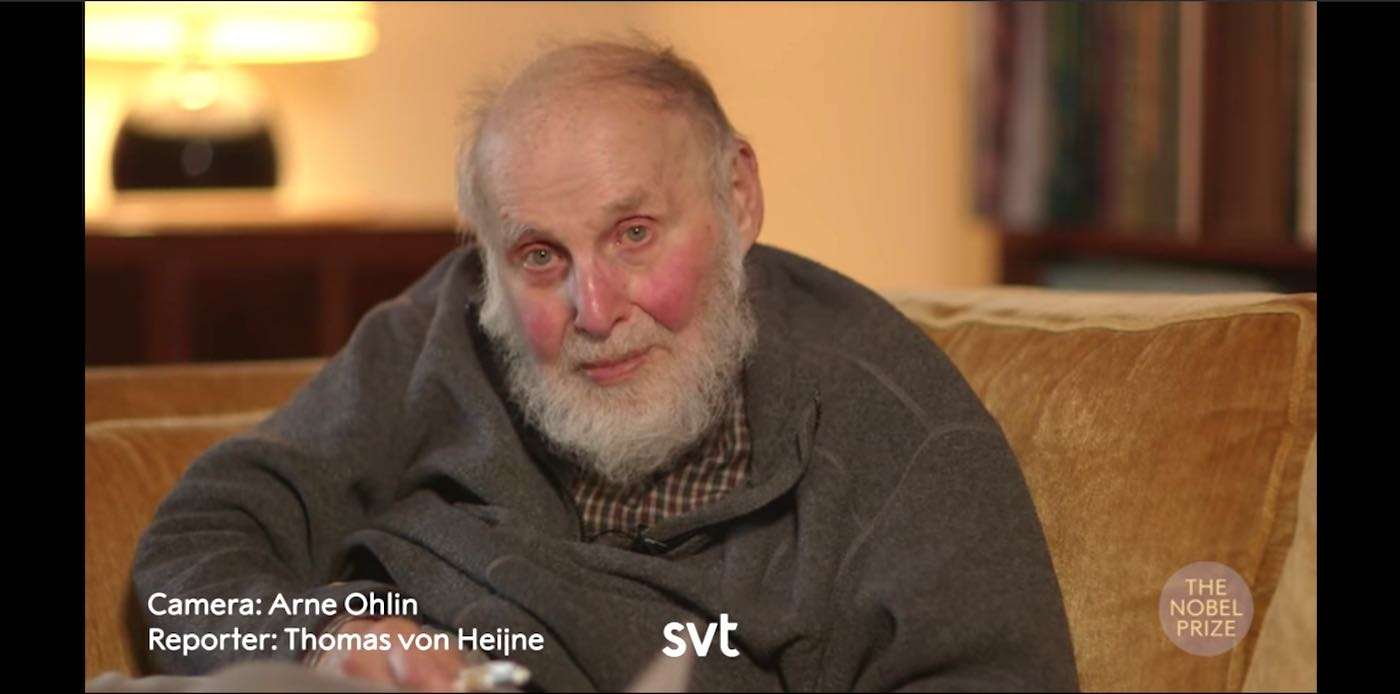Appalachian Coal Miners Who Lost Their Jobs Are Being Retrained as Beekeepers - for Free
As a means of lifting former coal miners out of poverty, this West Virginia nonprofit is retraining them to be beekeepers.

As a means of lifting former coal miners out of poverty, this West Virginia nonprofit is retraining them to be beekeepers.

Researchers have developed a system that uses a specal kind of liquid to bottle up and store reusable solar energy without any emissions.

This 96-year-old inventor seemed much more excited to talk about his new technology, rather than reminiscing about his old work.

Dead cell phone batteries may be a thing of the past thanks to this new 2D material that was recently engineered by MIT researchers.

After a notable increase in production from 2017, renewable energy produced 40% of the nation's power in 2018.
The hydrogen-powered "Breeze" trains are set to launch within the next three years, and they are designed to produce zero carbon emissions.
The ninth grader hopes that the gadget will bring free energy to millions of homes that don't have access to an electrical grid.
The $405.1 million deal is the latest example of America's growing enthusiasm for wind energy.
The record-breaking power reserve has brought down the cost of maintenance services by 75% over the course of its first year.
Additionally, developing nations are building more clean energy capacity than wealthier nations.
The US Air Force has developed an energy plan focused on reducing demand and increasing efficiency. For instance, 99 percent of the Air Force fleet is now certified to operate on a 50/50 blend of synthetic fuel derived from byproducts like feed stock and normal jet fuel.
2012 has been the strongest year yet for the U.S. wind energy. The success of the federal Production Tax Credit and wind energy's increased affordability are helping drive wind turbine installations to record levels in 2012, said the American Wind Energy Association.
The nation's largest environmental organization last week announced a new partnership with Sungevity to help families switch to solar easily and affordably. The win-win program will help consumers save money on electric bills and cut their carbon footprint with its Zero Down solar leasing program that gives $750 cash to both the homeowner and the Sierra Club.
American homes are more cluttered than ever with devices, and they all need power. But something shocking is happening to demand for electricity in the age of the gadget: It's not rising.
An intelligent thermostat seems like an odd project for the minds behind Apple's iconic iPod, but in a strange way, the iPod folks may just be the perfect team to revolutionize home heating. The Wi-Fi connected thermostat learns your heating preferences and optimizes your home's temperature to save energy.
Researchers at the University of Bedfordshire have developed a new technique for powering electronic devices that could radio waves to eventually eliminate the need for conventional batteries.
The nation's largest environmental organization last week announced a new partnership with Sungevity to help families switch to solar easily and affordably. The win-win program will help consumers save money on electric bills and cut their carbon footprint with its Zero Down solar leasing program that gives $750 cash to both the homeowner and the Sierra Club.
The number of homeowners installing solar panels leased from third parties is skyrocketing in the US, particularly in states like California with an incentive program like "One Million Solar Roofs. This week comes news that third-party-owned solar transactions have pumped more than $938 million into California's economy in 2012, a record-high annual amount equal to that of all the previous five years combined.
On the third floor of an old meat-packing plant is a humid hothouse filled with rows of greens and sprouts, even exotic white strawberries. Nearby, in large barrels swim dozens of tilapia, fish native to tropical regions. The Plant is a leading example of urban vertical farming using old warehouses, where plants and fish are raised symbiotically, with a closed-loop system that uses all waste toward the production of food.
Virgin Atlantic Airways and LanzaTech are developing an aviation fuel that will cut in half the carbon footprint of conventional flights. Instead of using plant stock for the fuel, waste gases are being captured from steel mills. The gases, which would otherwise burn up in the atmosphere as carbon dioxide, are fermented and chemically converted into jet fuel.
Recent Stories
A Heartfelt Reminder to Appreciate the Ones We Love
Cherish the Woman Who Stands by You
Breaking Generational Cycles of Pain
Living by Your Own Values, Not Others' Approval
When Life Brings Rain, It’s Okay to Rest
Before You Judge Someone's Life, Take a Moment to Walk in Their Shoes.
A Friend Who Spreads Gossip is Not a True Friend at All
The Value of Human Connection Over Digital Convenience
The Quiet Kind of Love
One Day, Your Mom Won’t Call You Anymore
I’ve reached a point in my life...
Happiness is a mindset, a conscious choice we make every day